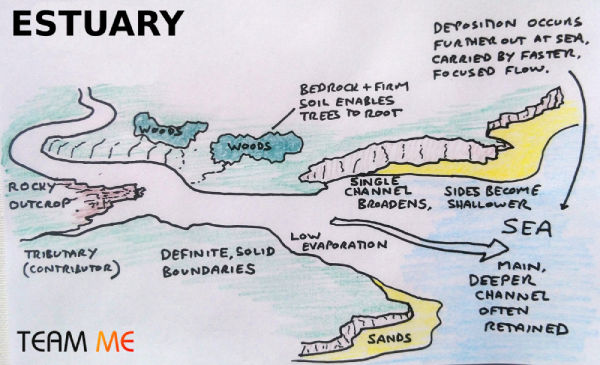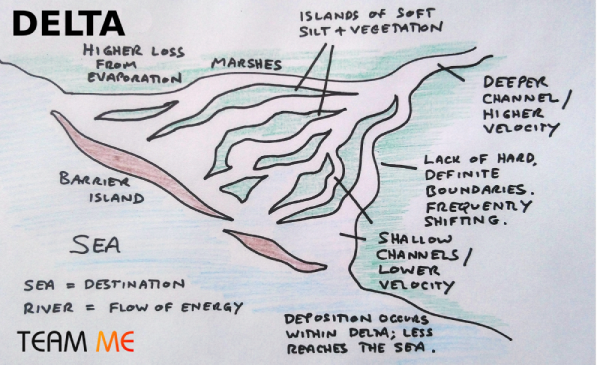Lessons from Nature - Where the River Meets the SeaSo much of what we want to understand about a thriving business can be found mirrored in nature. Age-old principles we find at work in the natural order of things; especially when it comes to what sustains life or how the elements inter-operate, can provide powerful insight into how vital systems work best. Many organisations have been forced to adapt to a distributed team structure due to COVID-19 restrictions, and this has created an unusual and uncertain landscape that is both unfamiliar and hard to navigate. To help understand some important dynamics that this shift has caused, we will discover that the mouth of a large river, the point where it approaches the open sea, can provide us with a wonderful mirror in the natural world. Rivers are amazing subjects that can teach us so much in terms of life-sustaining systems and in the following lesson, we'll see how key factors effecting two natural ecosystems can be seen to reflect issues that we may now be facing. In what follows, the river simply represents the way your team operates. Treating the sea as the destination, a pool of clients or the open market to whom you must deliver, I'm going to compare and contrast two very different scenarios; that of an ESTUARY and that of a DELTA. It might be worth noting that deltas and estuaries only occur for large, mature rivers; small, young rivers will have little impact on the shape of the land or the waters of the sea. LESSONS FROM THE ESTUARY |
AuthorPad is a trusted adviser to business leaders across the globe. He is Director at Come Alive Success Coaching ltd. and the Author of TEAM ME - How to Play Your Best Game in Life, and TEAM GUY - Forging Men of Soul & Steel. Archives
August 2023
Categories
All
|








 RSS Feed
RSS Feed